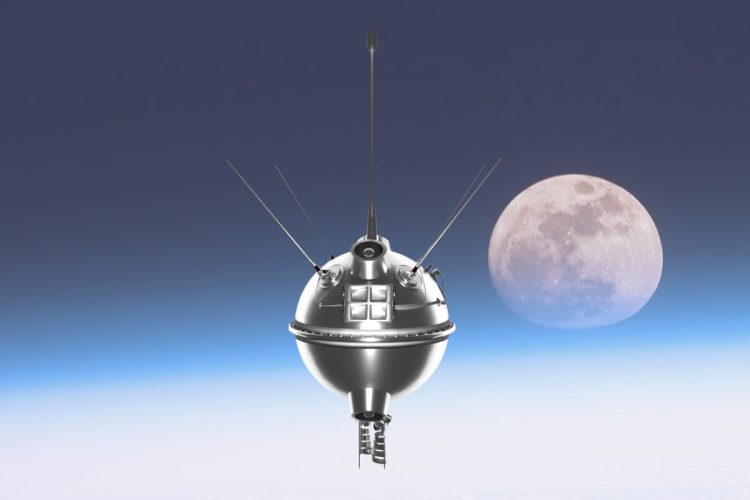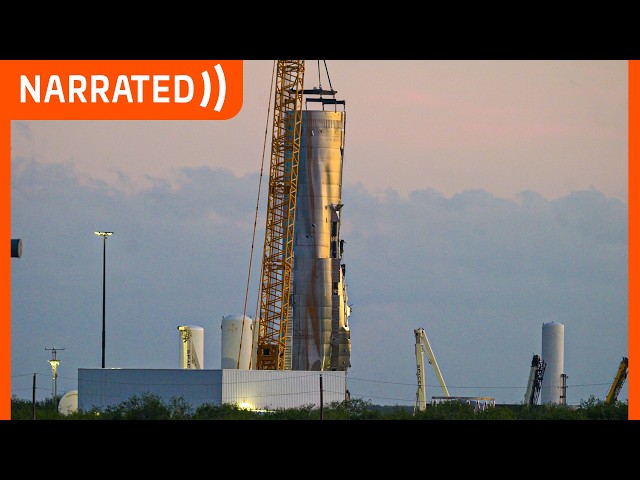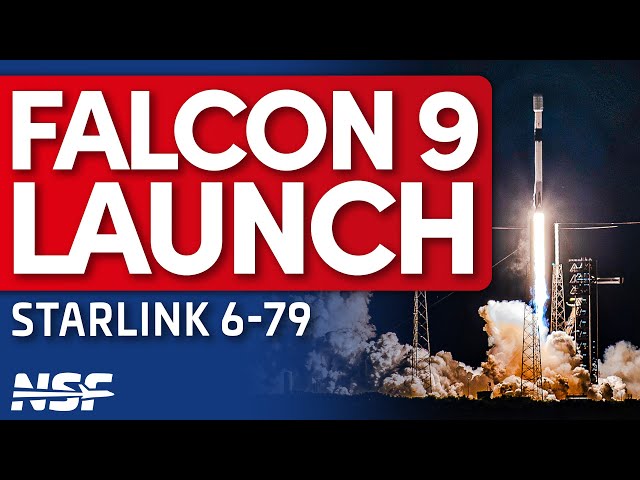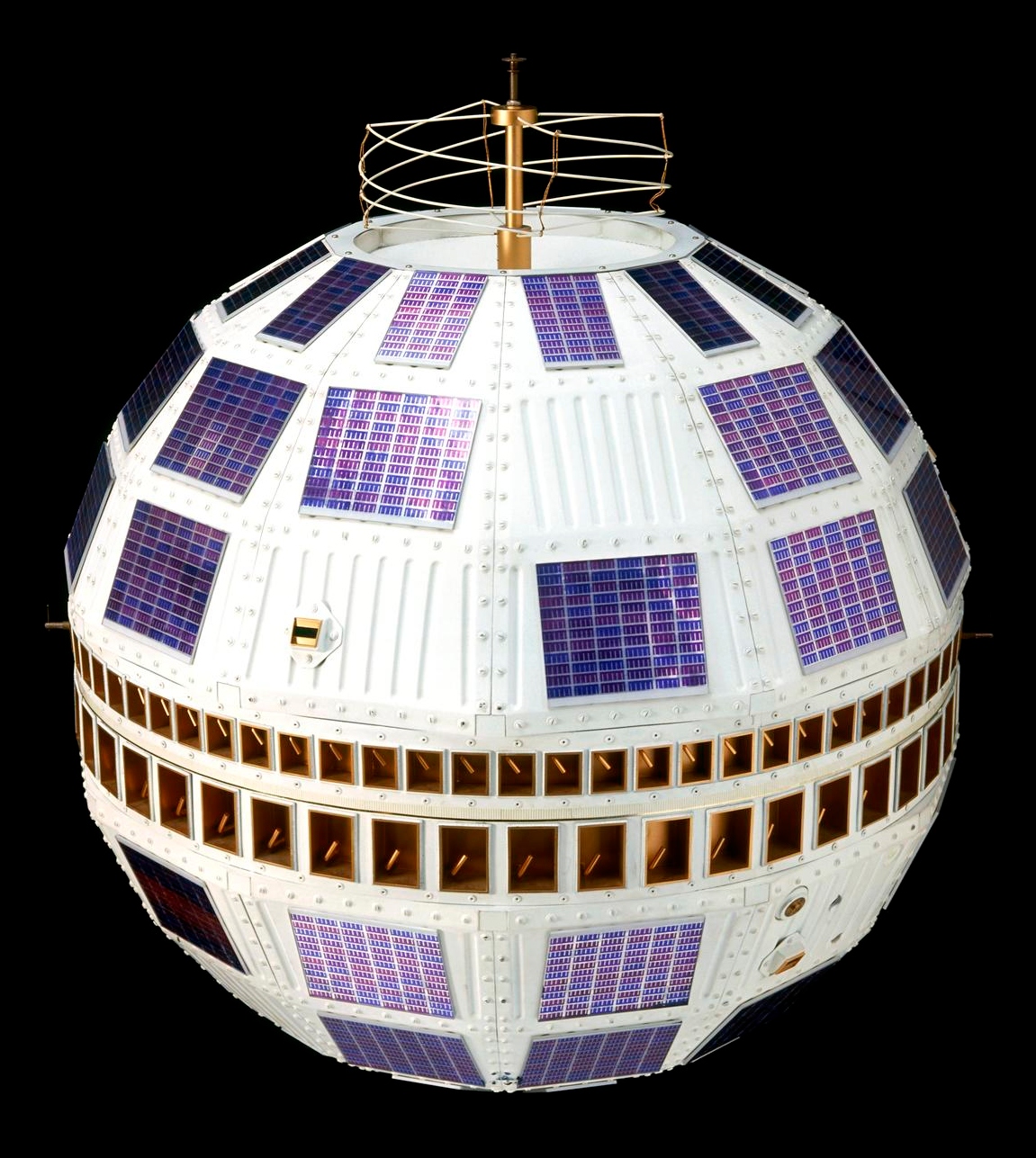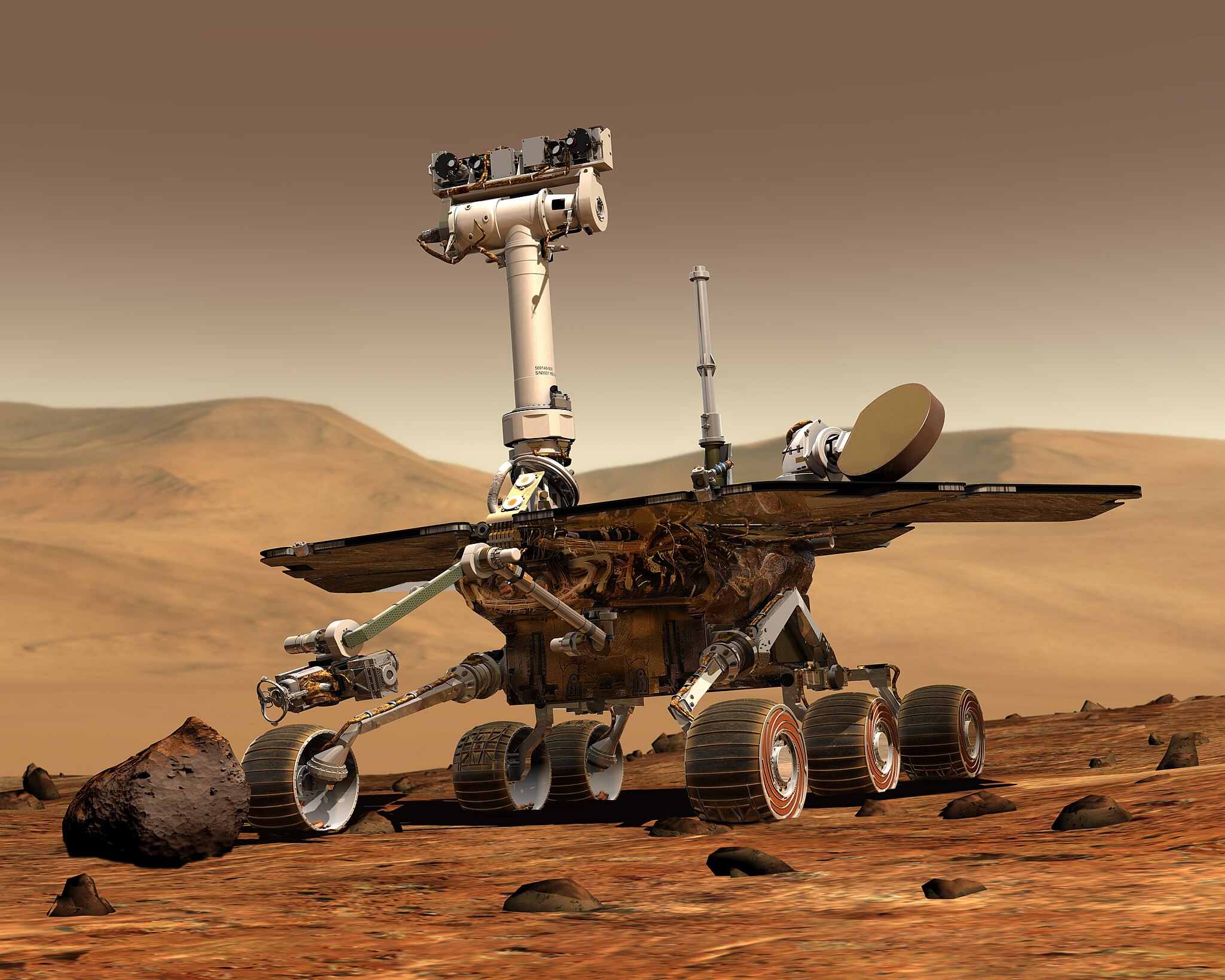The Journey of Luna 2
Luna 2, also known as Lunik 2, was a Soviet space probe that made a historic achievement by becoming the first human-made object to reach the Moon.
The mission was part of the Soviet Union’s Luna program, which aimed to explore the Moon and gather scientific data to advance our understanding of Earth’s natural satellite.
Luna 2 was launched on September 12, 1959, from the Baikonur Cosmodrome in present-day Kazakhstan. It traveled a distance of approximately 384,400 kilometers (238,900 miles) to reach the Moon.
The Impact on the Moon
On September 13, 1959, Luna 2 successfully crash-landed on the Moon’s surface in the region known as the Palus Putredinis, or the Marsh of Decay. This marked the first time a human-made object made direct contact with another celestial body.
The impact site of Luna 2 was located at coordinates 29.1°N, 0°E, and it left a small crater approximately 3.5 meters (11 feet) in diameter. The probe contained a specially designed pennant with the Soviet Union coat of arms, symbolizing the successful mission and marking Soviet supremacy in the space race.
Scientific Instruments on Board
Luna 2 was equipped with several scientific instruments that aimed to gather data about the lunar environment. These instruments included a magnetometer, a geiger counter, and a scintillation detector.
The magnetometer was used to measure the magnetic field strength of the Moon, providing valuable insights into its geology and composition. The geiger counter measured the radiation levels on the Moon’s surface, helping scientists understand the lunar radiation environment. The scintillation detector detected cosmic rays and particles, further contributing to our understanding of the space environment.
Legacy and Impact
Luna 2’s successful mission paved the way for future lunar exploration and served as a significant milestone in the Space Age. It demonstrated that human-made objects could survive the journey through space and safely reach another celestial body.
The mission also had political implications, as it marked a major achievement for the Soviet Union in the space race against the United States. Luna 2’s success came just two years after the launch of the Soviet satellite Sputnik 1, which was the first artificial satellite to orbit the Earth.
Since Luna 2, numerous space probes and spacecraft have been sent to the Moon, contributing to our understanding of its geology, composition, and potential for future human exploration. The discoveries and data gathered by Luna 2 paved the way for the Apollo missions, which ultimately led to astronauts setting foot on the lunar surface.
In Conclusion
Luna 2’s historic achievement as the first human-made object to reach the Moon marked a significant milestone in both scientific exploration and the space race between the Soviet Union and the United States. Its successful crash landing on the Moon’s surface provided valuable data and opened the door to further lunar exploration. The legacy of Luna 2 continues to inspire and shape our understanding of the Moon and our place in the cosmos.
